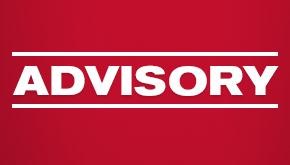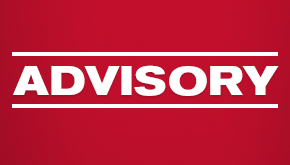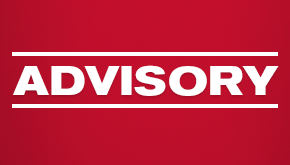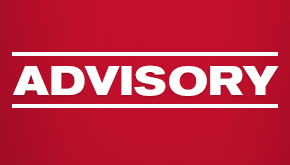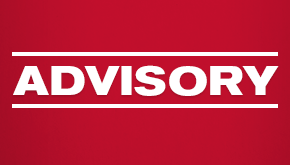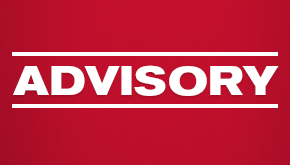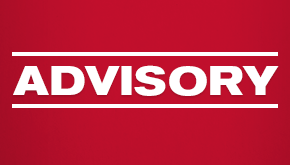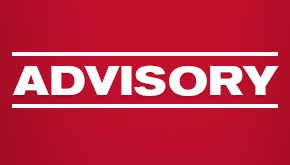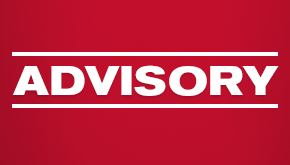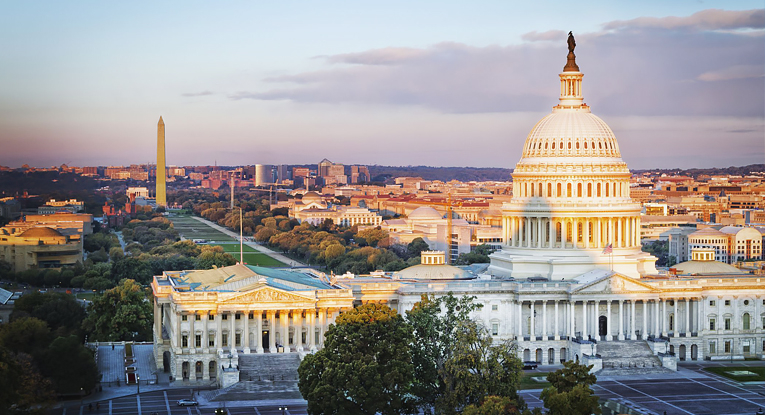Department of Education Releases Overhauled Title IX Rule
On April 19, 2024, the Department of Education (DOE) released the final version of the long-anticipated, updated Title IX regulations from the Biden administration (the Final Rule), which go into effect on Aug. 1, 2024. The unofficial version of the final regulations can be found on the DOE website. The DOE has also published a summary of the Final Rule, as well as a resource for institutions updating their Title IX policies to comply with the new regulations. As anticipated, the Final Rule drastically departs from the previous guidance issued in 2020 by former Education Secretary Betsey DeVos. K-12 schools, colleges and universities that receive federal funds are subject to the Final Rule and should work now with their legal counsel and Title IX staff to bring policies and procedures into compliance.
The following are important areas of change:
- Expanded definition. The Final Rule clarifies the DOE’s interpretation of what qualifies as discrimination “on the basis of sex” and expressly includes discrimination based on sex stereotypes, sex characteristics, pregnancy or related conditions, sexual orientation and gender identity. The DOE cites the Supreme Court’s recent decision in Bostock v. Clayton Cnty., Georgia,140 S. Ct. 1731 (2020), as supportive of its decision to include an expanded definition of sex discrimination in the Final Rule. As a practical matter, this expanded definition provides more protections to transgender and non-binary students.
- De minimis harm. Of particular interest to K-12 public school districts, the DOE has clarified that in cases where different treatment or separation based on students’ sex is expressly allowed, such as in school-sponsored sports, the school must ensure that the student is not subjected to “more than de minimis harm on the basis of sex.” The DOE notes that across the nation, some school districts have taken steps to create and implement policies requiring students to compete in sports corresponding with their biological sex, but leaves the door open to the question of whether or not such policies result in harm that can be considered “more than de minimis.”
- Focus on “sex-based harassment.” The Final Rule’s definition of “harassment” focuses more on “sex-based harassment,” instead of limiting the discussion to “sex harassment” as was true of the previous guidance. The updated definition explicitly includes familiar terms such as quid pro quo harassment, hostile environment harassment, as well as certain criminal offenses, including sexual assault, dating violence, domestic violence and stalking. This approach is consistent with Obama-era guidance from the DOE, which included specific violations of the Violence Against Women Act (VAWA), such as stalking, in the definition of sex harassment. VAWA expired in 2018 and Congress has not acted to reauthorize it, which may explain why the Biden administration sought to re-insert these protections into the regulations.
- Totality of the circumstances analysis. In line with the DOE’s goal of expanding Title IX protections, the Final Rule includes significant changes to several key terms. The Final Rule alters the reasonable person standard previously used and instead requires a totality of the circumstances analysis. Until now, a hostile environment claim required a finding that the alleged sexual harassment was so severe, pervasive and objectively offensive that it effectively denied a person equal access to an educational program or activity. The new regulations set forth in the Final Rule offer a less strenuous test, requiring that harassment be “subjectively and objectively offensive and so severe or pervasive that it limits or denies a person’s ability to participate in the education program or activity.” Essentially, the definition of hostile environment has been expanded from “severe and pervasive” to “severe or pervasive.” Additionally, no longer are Title IX complainants required to show denial of equal access to participating in an educational program or activity, but can succeed by merely showing the challenged act limited their participation.
- Pregnancy-based protections. The Final Rule includes a new section providing additional protections to students on the basis of pregnancy and pregnancy-related medical conditions.
- Hearings. The Final Rule contains major changes to hearing procedures for Title IX claimants and respondents. Perhaps most important, and controversial, is the departure from the 2020 regulation’s requirement that claimants in the higher education setting attend an in-person hearing before the school’s decision-making authority. The Final Rule reverses the requirement for an in-person hearing, stating that such stringent requirements make it more difficult for victims to come forward to report harassment. The Final Rule contains a myriad of other, highly specific requirements for Title IX hearings.
- Grievance procedures. The DOE also emphasized that filing a Title IX complaint should not be complicated or burdensome, and updated a number of grievance procedures. The 2020 Rule required all complaints to be made in writing. In the Final Rule, the DOE specifically rejected this approach, clarifying that complaints can be made either orally or in writing, so long as it is “objectively” clear that they are requesting the school investigate the allegations.
- Retaliation. Although a prohibition against retaliation for engaging in the Title IX process is not new, the Final Rule specifically requires that schools ensure that students are not retaliated against by peers, in addition to employees and representatives of the institution. The Final Rule does not contain specific requirements for how schools can comply with this requirement, but advises schools to use the same measures employed to ensure non-retaliation when investigating other claims of discrimination.
Litigation over some or all of the final regulations is likely; however, impacted institutions should not wait until such litigation is resolved before taking action to comply. Armstrong Teasdale’s Education practice closely monitors developments in the law and court decisions across the country for rulings that affect schools’ legal strategies. We will issue additional advisories as the legal obligations of education institutions continue to evolve. For assistance with updating policies, training or communicating with faculty, students or the community about this Final Rule, contact the listed authors, any member of the Armstrong Teasdale Education practice, or your regular trusted AT contact.


